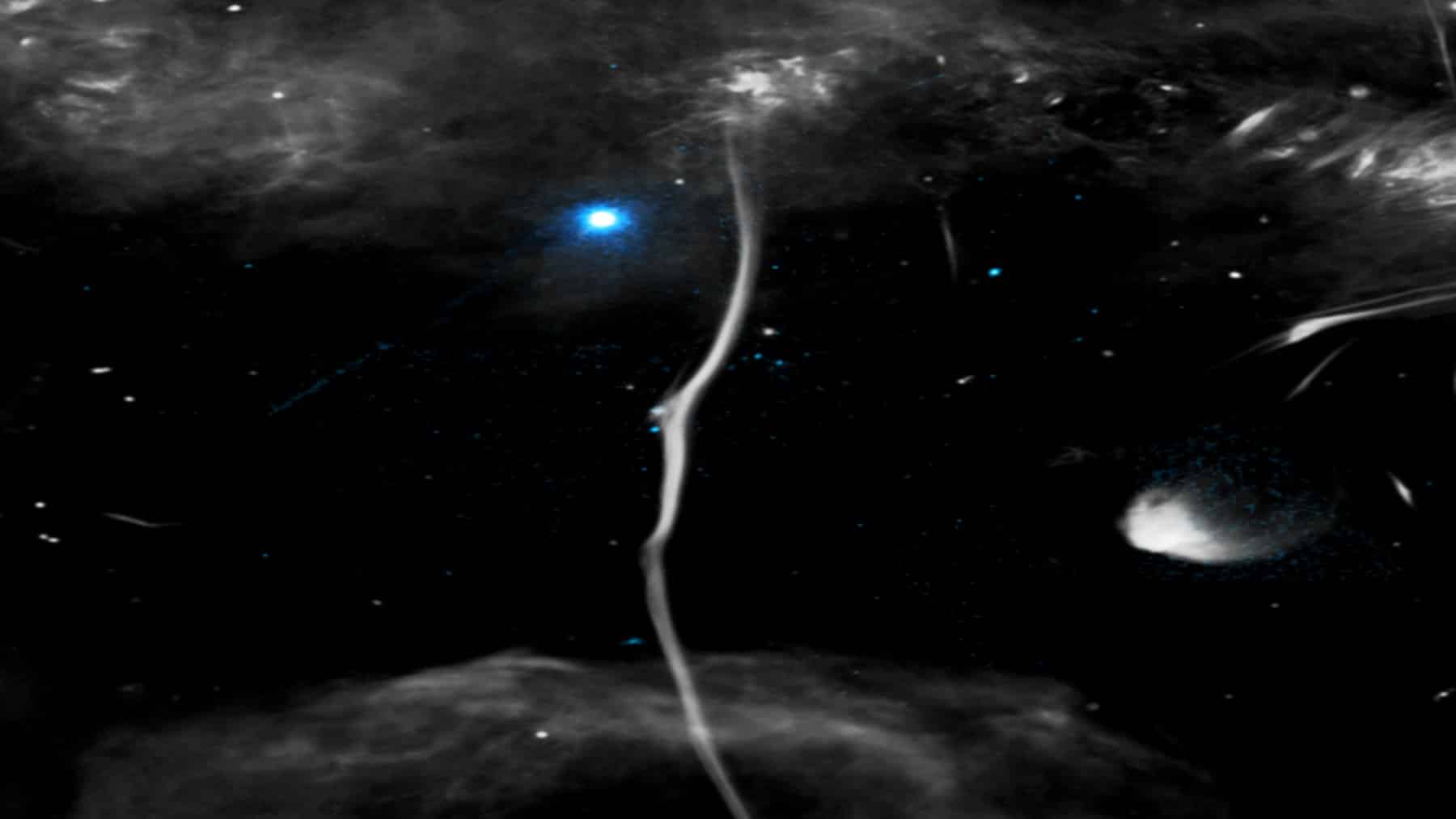Every galaxy within the universe has a mystery of its own, something out of order and strange. “Every” includes our Milky Way galaxy. With centuries of astronomy under humankind’s belt, it is easy to assume scientists have mapped it out. This is not the case by far, because among the vast unknowns still waiting to be discovered, researchers have recently discovered a misalignment within our galactic neighborhood.
Scientists find misalignment within our Milky Way
Our galaxy incorporates something NASA refers to as the “bones of the universe.” This is a long and dense structural filament of gas, dust, and rocks. The stretch of this structure could indicate the position of stars, black holes, and exoplanets. For years, this structural element has offered clues and helped scientists map out the spiral shape of our galaxy.
Within this collective structure lies one important segment that’s the most stable and predictable of all. However, a recent study using high-resolution X-ray and infrared telescopes has revealed an anomaly. At first, it appeared like irregular shadows in space. But a deeper look at the infrared images turned out to reveal an actual break within this segment.
Scientists have revealed this segment to be G359.13142-0.20005, or the “Snake.” This phenomenon appears to be a 230-light-year-long filament. This discovery was made by a group of scientists from Harvard University using NASA’s Chandra X-ray Observatory, which orbits the Earth.
Unveiling the mystery behind galactic bone fractures
When the team of scientists completed their first line of experiments, they found what appears to be traces of pulsars within the filament. Based on recovered data, they estimated that this pulsar had intercepted this long filament at a speed between 1,609,000 and 3,218,000 kilometers per hour. This collision has deformed the bone and disrupted the radio signal from its magnetic field.
Pulsars are infamous alternatives to giant neutron stars. They are known primarily as compact celestial objects that rotate at high velocities and produce strong magnetic fields, similar to this strange, enigmatic mark in a distant galaxy. Apparently, due to their size and distance, it is challenging to capture them directly in their elements.
However, this fracture was not just a typical gap or absence of material. It was a reorientation as though the object had been snapped or twisted by external force. One part continued in its original axis, while the other bends at an unusual angle. When scientists simulated this event, they confirmed that this could only have occurred via a powerful external force.
Data show the Milky Way galaxy to be more active
NASA and its team of scientists have conducted several experiments on this event. The irregular bend, sharp edge, and uneven density may be revealing something else. They show this 230-light-year Milky Way break to be more recent because our galaxy is still shifting from its effect.
How does this change our understanding of galactic mapping
Already, scientists have begun resisting their previous assumptions about our galaxy; how it was shaped and still holds together to this day. If an important fragment of the galaxy could easily be broken, who says similar segments don’t suffer similar distortion? This discovery forces scientists to map out other galaxies with advanced telescopes.
Mapping them out now could reveal gaps and patchworks hidden behind gas or dust particles. But most importantly, this discovery has helped NASA reveal an imperfection within and a need to understand its cause.
Whatever the case, the fracture has helped astronomers understand how dynamic our galaxy is and how reactive it can be to surrounding cosmic interactions. Rather than depend on our static blueprint of the galaxy, the Milky Way may, in fact, need a redesign of its architecture as a flexible, moving galaxy, just like these ‘frozen blocks of life’ orbiting a glowing young star.

